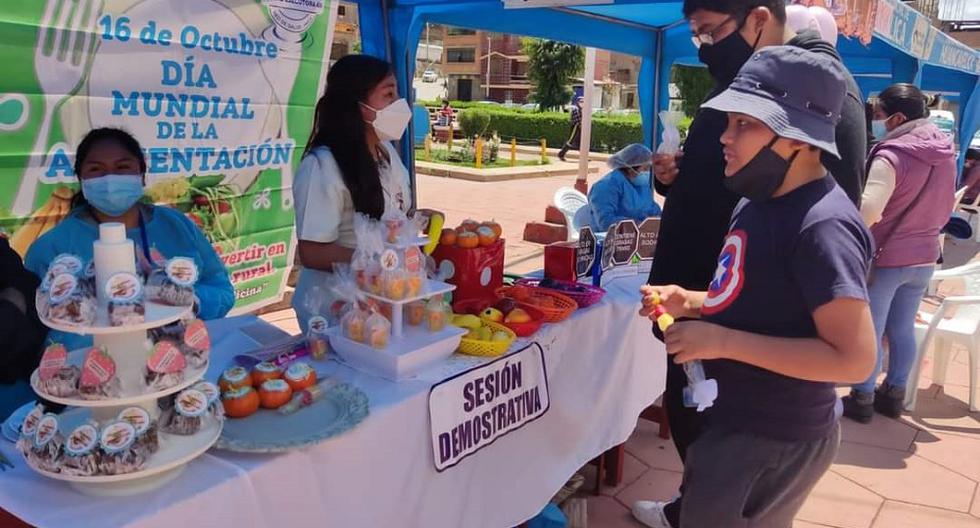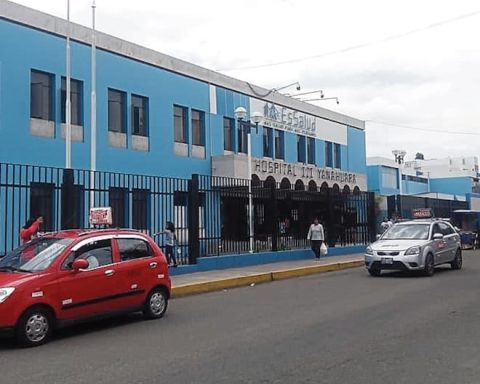Healthy eating is one that is varied, preferably natural, which allows malnutrition to be prevented in all its forms, whether as chronic malnutrition or anemia, overweight or obesity; generating a healthy environment that prevents the appearance of risk factors for non-communicable diseases, including diabetes and high blood pressure; In this way, the explanation was started by Doris Collachagua, coordinator of the Health Strategy for Healthy Food and Nutrition (ESANS) of the Regional Health Directorate (DIRESA) Huancavelica, within the framework of World Food Day, which commemorates the today.
HEALTHY FOOD PREVENTS DISEASES
In this scenario, the coordinator reported that what is indicated is for the child to be exclusively breastfed until 6 months of age and, from that age, supplement it with baby food and purées twice a day, in addition to its micronutrients.
“From 7 or 8 months of age, the consistency of the food should be in the form of porridge or puree, with a frequency of 3 times a day and in an amount between 3 to 5 tablespoons at each meal (2 tablespoons of food of animal origin), an example of this would be a delicious liver dish”, suggested the specialist.
He limited: “From 9 to 11 months of age, the consistency of the food should be chopped, with a frequency of 4 times a day (3 main meals plus 1 snack) and in an amount between 5 to 7 tablespoons at each meal (2 tablespoons of food of animal origin), an alternative with these characteristics would be a dish of loin of blood”.
:quality(75)/cloudfront-us-east-1.images.arcpublishing.com/elcomercio/NXF22D3MPVBN7HYLTS27X5GKTQ.jpg)
The coordinator stated that, for children between 12 and 23 months, food should be consumed 5 times a day (3 main meals plus 2 snacks) and in an amount between 8 and 10 tablespoons at each meal (2 tablespoons of food of animal origin). An option to consider would be a locro pumpkin stew with beef liver.
“When choosing the children’s diet, 5 key aspects must be taken into account, among them, preparing thick meals or seconds; eat foods of animal origin such as liver, blood, spleen, fish and meat; accompany the preparations with vegetables and fruits; finally include legumes (lentils, beans, chickpeas, green peas and others) due to their protein content”, explained Collachahua.
He specified that one of the main public health problems in the region is anemia and Chronic Child Malnutrition (CID).
YOU CAN ALSO SEE: They record a record of up to 113 heat sources
According to ENDES data, in 2021, anemia figures in the region reached 57.4%, and those of the DCI reached 27.1%. Likewise, data from the Nutritional Status System (SIEN) indicate that, in the first half of 2022, the provinces with the highest percentages of anemia are Angares (54.3%), Huaytará (49.5%) and Acobamba (49.2%), in turn DCI the provinces of Tayacaja (28.2%), Angaraes (27.3%) and Acobamba (27.2%) have the highest rates.

















